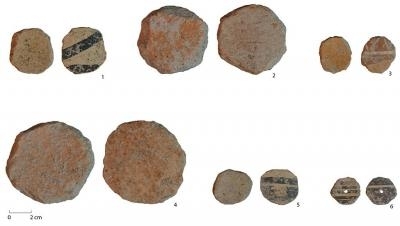Fieldwork campaign
Shahrizor Survey Project
Reconstructing Later Prehistoric Societies in Northern Iraq (ca. 7000-3000 BCE)
- Funding
-
 Leiden University Fund (LUF) / Byvanck Fonds
Leiden University Fund (LUF) / Byvanck Fonds
-
 LGI Seed grant
LGI Seed grant
- Partners
Sulaimaniyah Antiquities Directorate
Research question
What was the constitution of later prehistoric (Late Neolithic to Late Chalcolithic) society in northern Iraq (Iraqi Kurdistan)?
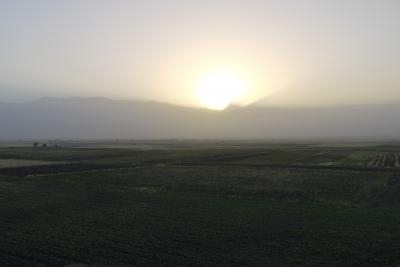
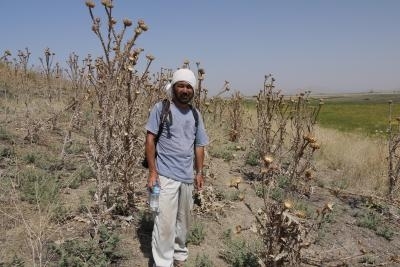
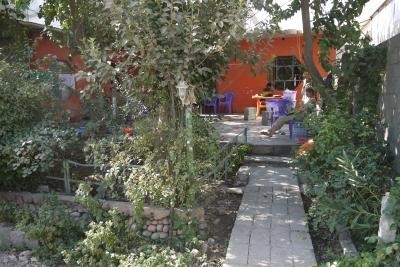
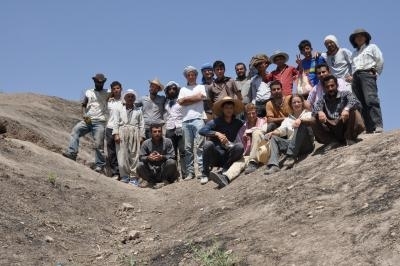
Relevance
In recent years archaeological field research has made a forceful come-back to northern Iraq, a region also known as Iraqi Kurdistan. Leiden University has a strong tradition of research focusing on the prehistory of the ancient Near East. In 2012 a team from Leiden became part of the Shahrizor Survey Project. Our team focuses on the reconstruction of human settlement during the Late Neolithic and Late Chalcolithic periods in the Shahrizor Valley of Iraqi Kurdistan.

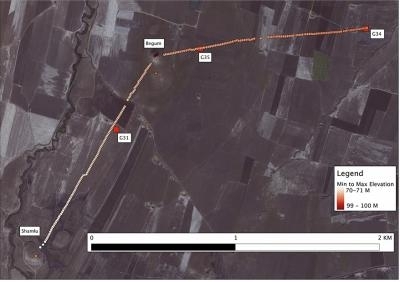
The Late Neolithic (7000-5300 BCE) and Late Chalcolithic (5300-3000 BCE) periods have recently emerged as important research foci in ancient Mesopotamia. The Late Chalcolithic in particular is now seen as a major transformative age that saw the emergence of the world’s earliest socially complex societies. However, the role of the Sharizor within the broader geographic setting of the ancient Middle East remains to be fully appreciated. While there have certainly been excavations at Late Neolithic and Chalcolithic sites in the Shahrizor, this previous work has remained selectively published. Perhaps reflecting this relative dearth of academic investigation over the past decades, the region has sometimes been portrayed as marginal or culturally distinct from mainstream developments in Mesopotamia as a whole. In some recent studies, the region has even been left blank or dotted with a question mark. Replacing these question marks with sound empirical data is timely.
Importantly, much of the archaeological heritage in the region is in imminent danger. In addition to the rapidly accelerating economic development of the region, much of the research area lies within the reach of the rising Darband-i Khan Lake. In time the water will erase all evidence of past human activities. By safeguarding archaeological information our project is a form of ‘rescue archaeology’.
Materials and methods
The Shahrizor Valley is an intermontane valley in the Sulaymaniyah province of Iraqi Kurdistan. It lies almost entirely surrounded by steep ridges, offering spectacular views of its stunning beauty. The Shahrizor Survey Project involves a detailed mapping of archaeological sites previously identified through satellite imagery. Selected parts of the terrain are sampled through field walking and systematic collecting of material culture remains(?). The geomorphology of the valley is investigated by Mark Altaweel of UCL, London, using a variety of techniques to reconstruct the history of the valley’s sedimentation. The collected material, composed mainly of pottery sherds, is studied by several specialists. Our team focuses on the Late Neolithic, Ubaid and Late Chalcolithic periods.

In 2013 the Leiden team concentrated its efforts on the later prehistoric mound of Tell Begum. With an area of about five hectares, Tell Begum is a relatively prominent tell site. Its steep and conical upper mound rises nine metres tall, and overlooks the sloping lower mound. Initial surface collections made it clear that the site would offer unique opportunities to study two virtual dark ages in Near Eastern prehistory: the transition from the Late Neolithic Halaf to the Chalcolithic Ubaid culture, and the early, formative stages of the Late Chalcolithic. Iraqi colleagues had already made two deep soundings into the mound in 1960, and in the hot summer of 2013 our team cleaned their sections and conducted limited excavations to gain stratified materials.
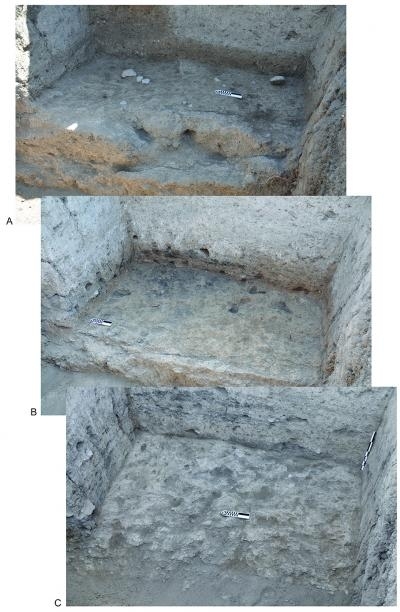
Results
Back in the 1980’s only two Halaf sites were known in the Shahrizor Valley. Thanks to the present survey project numerous Halaf, Ubaid and Late Chalcolithic sites are now known. The site locations suggest a conscious preference for an alignment along the major wadi’s which run from the surrounding mountains down into the plain. Most prehistoric sites are small, measuring less than a single hectare, but a few larger sites are also found.
When we look closer at the flattened landscape of today, we are looking at a palimpsest of complex patterns of erosion and sedimentation over many millennia. Geomorphological trenches close to Tell Begum attest to a significant sedimentary build-up. Relevant to the reconstruction of prehistoric settlement patterns, much of the contemporary landscape may be ‘invisible’. In some parts of the valley only the more prominent, long-lived settlement mounds may still be accessible. This may include Tell Begum itself, which perhaps sat on a ridge. On-going investigations of the formation of the landscape will further explore this issue.
A major obstacle to identifying past life ways is our still limited understanding of the material culture from this region, notably the pottery. On the whole the prehistoric ceramic traditions attested in the survey fit well with what is known from the broader Mesopotamian realm. In general, the Shahrizor formed part of the broader Mesopotamian cultural mosaic in later prehistory. However, some specific sub-periods and ceramic categories appear to be conspicuously absent so far. For instance, no typical Early Halaf materials have been found, although it is abundantly attested on the adjacent plains of Upper Mesopotamia. Does this point to regionally-specific material expressions? Did the Shahrizor survey not (yet) adequately identify specific sub-periods? Further surveying and material studies are planned to probe these questions.
The excavations at Tell Begum were successful in reconstructing the long history of occupation of this important site. Begum was first settled in the Late Halaf period, and continued to be inhabited into the Ubaid period. The Halaf levels, however, are covered with thick depositions from the Late Chalcolithic. We recovered and partly re-excavated the trenches of the Lower Mound from the 1960’s, exposing a series of super-imposed open courtyards dating to the Halaf period. The five-colour polychrome-painted Halaf pottery (from these excavations) is often stunning. It is this kind of pottery that made Max Mallowan, married to best-selling author Agatha Christie, speak of ‘superb works of art’.
After what appears to have been a period of abandonment, the mound was resettled in the Post-Ubaid (or LC1) period. In the LC1 to LC3 period (ca. 4300 to 3600 cal. BCE) the entire mound appears to have been in use. Excavations on the steep upper mound attest to thick, horizontally-deposited layers of eroded architecture dated to this period. One of these layers seem to have ended in a destructive conflagration. The ceramics from this period fit well with the LC1-LC3 ceramic traditions known from northern Syria. The emphasis is on a buff-coloured, chaff-faced plain ware. The uppermost strata in our small trenches yielded some bevelled rim bowls. These are coarse, mass-produced bowls with a characteristic diagonally shaped (‘beveled’) rim. Some archaeologists have interpreted them as ‘ration bowls’ in an increasingly redistributive economy.
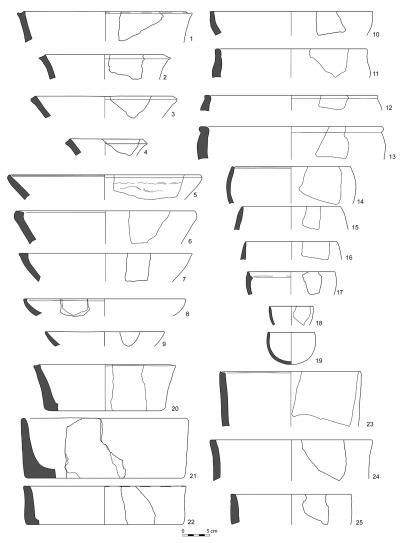
The objects recovered from the trenches attest to various activities conducted at the mound. They include objects made of dark basalt, such as ground-stone grinders, and mortars and pestles, used for processing foodstuffs and other materials. Perforated discs were also common; these are generally interpreted as spindle whorls for processing wool or flax. A single ‘token’ perhaps attests to administrative practices. Blade tools, débitage and flint cores attest to lithic tool production.
